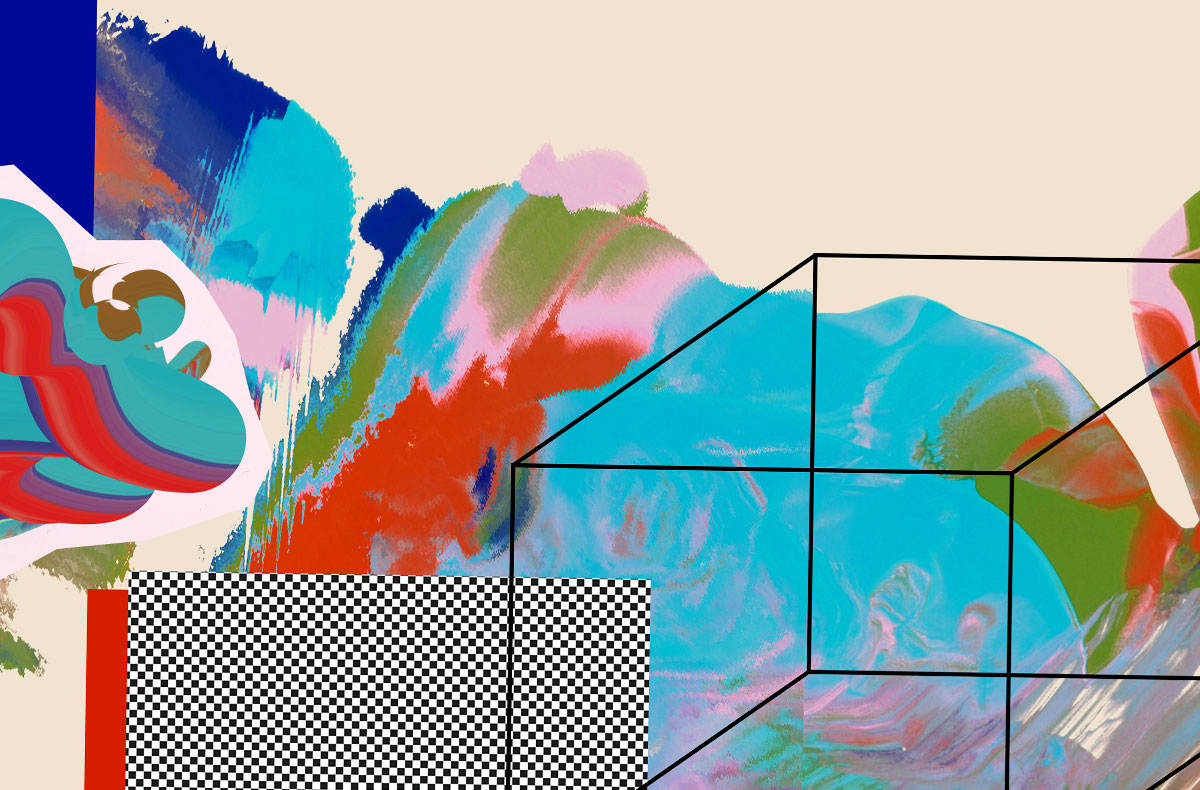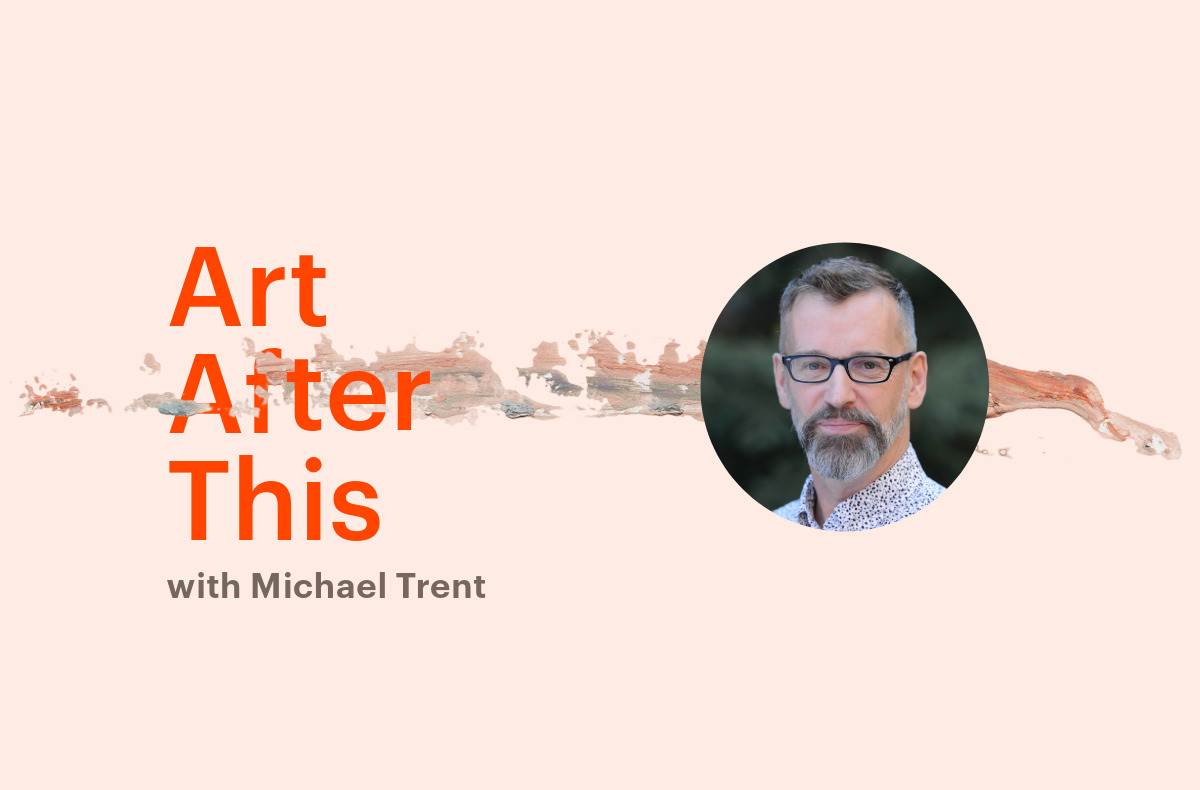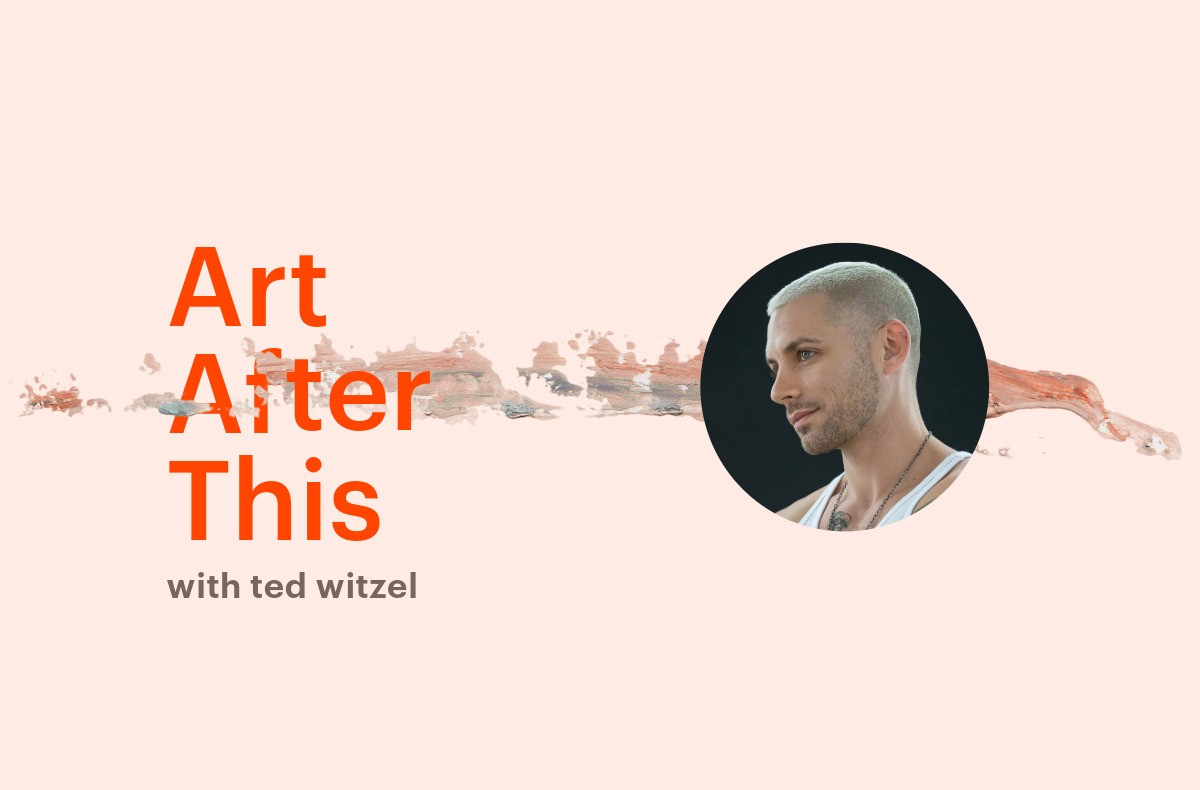By David Maggs, Metcalf Fellow on Arts and Society
A Fork in the Road
My role at the Metcalf Foundation is to address deep challenges facing Canada’s cultural nonprofit sector. I spend a lot of time thinking about a certain fork in the road. Call it what you like, the “sustain or transform” fork or the “business-as-usual or deep changes” fork, the long-standing question remains: Can we keep doing things the way we’ve been doing them for decades or do present conditions indicate it’s time for deeper shifts in how cultural nonprofits fulfill their mandates, serve their communities, and go about their business?
As we emerged from Covid lockdowns in 2022, I was surprised by how much resistance I encountered to the idea that deeper changes were needed if the cultural sector was going to remain healthy and viable. From organizations to policymakers, the hope was to simply reboot the model. For my warnings of troubled times ahead, I was referred to on Twitter (by a Globe and Mail arts journalist I admire) as someone “who spends most of his time writing about MAID for arts organizations.” Rather than investing in strategy and capacity, we spent lavishly on celebratory re-openings instead. In that first year back on our feet, we over-produced, undersold, and deepened sector precarity right out of the gate. By the early half of 2024, The Globe and Mail, Toronto Star, The Local, Canadaland, and other papers and podcasts found themselves busy detailing an unfolding crisis in Canada’s cultural sector.
As my colleagues encourage me to clarify, I say this from a lifetime in the arts and with huge passion for the importance of thriving cultural sectors in our communities — sticking to the path of business-as-usual doesn’t just feel futile to me, it feels irresponsible. And yet these same colleagues have helped me understand that we can be just as irresponsible with a spirit of revolution. So I suggest that the work ahead features an urgent task to do two essential things at once: Chart a path towards systemic changes in how cultural nonprofit sectors function and fulfill their mandates, while carrying the precious cargo of the importance and power of the arts to higher ground. If we all stay put, we’re doomed. If we all find ourselves making clickbait and TikTok videos a decade from now, we’ll have made little progress. Between these options lies the humbling, fumbling work of figuring out how to change the bathwater without losing the baby.
Beyond the Bad News
There’s been a lot of thinking and talking lately about the fix we’re in, about why so many cultural nonprofits are hitting a crisis point all at once. Our goal now is to work beyond the bad news.
Can we build actionable explorations of better worlds to come? This work joins the standard thrust of Metcalf activity, turning ideas into practice, finding opportunity within challenges, and seeding interventions that energize new ways forward. Over the coming year, I will be writing about these experiments while interviewing some of our collaborating partners in our experiments. To start down that path today, I want to briefly revisit a few ideas that establish the general spirit of this work, and then share an understanding of the context in which it takes place.
First, a simple observation — there is a widening gap between how cultural nonprofits produce culture and how Canadians are currently meeting their cultural needs. During the pandemic, we often comforted ourselves in assuming people’s cultural needs were simply going unmet without us, yet as it lifts, it is apparent that is not the case. As one option among many for the time and attention of the public imagination, we are rarely visible on the platforms dominating the public gaze. In response, some of the work we are doing offers an attempt to figure out how to go in two, opposite directions at once — staging our creative powers more effectively on digital platforms, while at the same time, clarifying and amplifying the value of our liveness and our screenlessness.
The second idea is about making the first one count. As I’ve mentioned before, I am inspired by Manifesto for Now and others, who are building momentum around what I think of as “Copernican moment” for cultural sectors worldwide — the switch from an artist-centred cosmos to an audience-centred cosmos, from a fundamental preoccupation with the supply of cultural experiences to a growing concern for their demand. Having experimented with this flip at Camber Arts, the cultural nonprofit I co-lead in Western Newfoundland, we’ve found inspiration in moving from the standard programming question “what’s our artistic vision for this company?” to the more outward-facing “how does this activity meet the cultural needs of this community?”
Which leads to the third idea I find helpful in developing actionable experiments for resolving the baby-bathwater paradox, and that is a closer focus on this concept of cultural needs. What are cultural needs? Does everyone have them? Where do they come from? What are they for? Are there better and worse ways of fulfilling them? Can we make them operational inside policy and funding discussions? Answering these questions would help ground many of the dilemmas causing unease in the cultural sector right now.
With a more operational sense of cultural needs, we could quiet the “art for art’s sake vs. art for social purposes” dilemmas that hound social impact conversations. We could stand alongside health, education, and environment as a more tangible public benefit sector without trying to improve math scores. We could open new metrics for cultural value, new funding opportunities for cultural activity, and more aligned relationships between cultural production and consumption. Particularly in materialist societies that struggle to recognize cultural needs, I imagine a more robust sense of what they are, how they function, and what they offer might anchor our efforts to freshen the bathwater without losing sight of the often hard-to-perceive baby.
Seeing the System
The last preoccupation helpful in moving from ideas to practice is to engage the cultural sector as a system — defined by systems-thinker Donella Meadows as “an interconnected set of elements coherently organised in a way that achieves something.” Traditionally, we’ve tried to strengthen the sector by strengthening the organizations within it. Perhaps given the increasingly degraded environment within which those organizations must survive, or perhaps because we are simply more aware of the leverage behind systems dynamics, learning to intervene in the cultural nonprofit system is an increasing focus of cultural thinkers worldwide.
There are different ways of imagining any system, different ways of bounding it, naming it, and accounting for its parts. As one of many possibilities, I see the cultural nonprofit sector consisting of nested models of different domains of activity: creation models, that sit inside operational models, that sit inside business models, that sit inside funding models, that sit inside policy models.
Policy models are, in a sense, the broadest layer, speaking to the cultural policymaking that encompasses nonprofit cultural production, driven by questions such as, what is culture for? How does culture fit into broader social and policy landscapes? What can policymaking do for culture? What can policymaking do with culture? Should it be publicly funded and to what extent? A complete bubble to protect it entirely? A life-preserver to keep it afloat amidst the waves? Or just water-wings to give it a mild boost?
Funding models govern the way resourcing strategies intervene in cultural production and are intertwined in policy models. How and where should we spend money on culture in order to meet policy goals? Should we fund static collections of cultural institutions in perpetuity, or should resourcing be more fluid and responsive? Should we “own the podium” and focus support on select champions, or ensure there’s a “chicken in every pot”? Should we even fund the production of culture at all — as we overwhelmingly tend to do — or is it possible to fund its consumption instead?
Business models, as cultural researcher Geoff Crossick defines them, “identify how resources are obtained and spent in pursuit of overall objectives.” Key issues at play within business models pertain to expectations of earned revenue vs. contributed revenue (selling tickets vs. getting grants), diversifying sources of contributed revenue, expanding and evidencing relationships to public good in securing public investment, etc.
Operational models determine how an organization conducts its affairs, from governance and staffing, to audience development, marketing and public relations, ticketing and merchandise, contracting, venue management, etc. In recent years, we’ve seen deep shifts here trying to address everything from a growing focus on safe, equitable workspaces, to shifting and declining audiences and the need for marketing, ticketing, and programming strategies, to the costs of venues and insurance.
Finally, creation models sit at the heart of the arts and shape how cultural experiences are developed. What gets made? How? Who makes it? For whom? And how — and where — do audiences participate in it? Is this where we experiment the most? Or is this where we experiment the least of all? Is it that we can’t experiment as much as we want? Or is it that we won’t? Are these models sacrosanct and not to be touched? Or does experimentation at this level represent our reason for being?
Describing and questioning these layers is not to ignore how entangled they are with each other, or to try disentangling them. Furthermore, positing a nested system is not meant to evoke linear influence either. Policy models shape creation models just as creation models impact operational and business models, etc. Influence flows up, down, and in circles. Which is such good news. Recognizing these layers and interrelationships means we’ve got options. We don’t have to keep turning to beleaguered cultural leaders and expect them to save the arts with better ticketing strategies. A broader, systems-wide spirit of exploration and experimentation is possible.
To move beyond the bad news, roll up our sleeves, and shift from ideas to action, we will explore and share a series of applied activities the Metcalf Foundation is developing across the cultural nonprofit system. In the middle, looking at the extensive work we have done supporting operational models; at the outer layers, looking at a new initiative we are developing around policy and funding models; and at the heart of the system, looking at the challenge of supporting innovation in our creation models.




